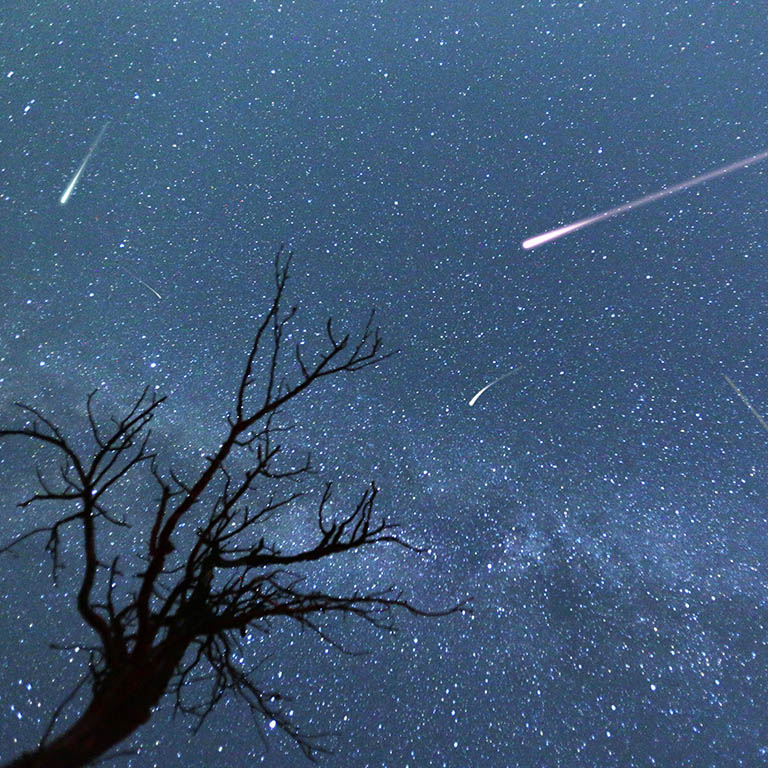The glorious planet parade we’ve enjoyed for the past couple of months has now passed us by. Mercury and Venus have moved ahead of Earth in their orbits, and now rise before the sun in the morning sky. Venus will climb higher each morning, and will be brightest on April 27, at magnitude -4.8. Venus will remain a morning star through November, as Earth chases it around the sun.
Swift Mercury will be furthest from the rising sun on April 21, and then will move back east closer to the sun. Mercury won’t return to the evening sky until early June. Saturn has likewise moved to the morning sky this month.
Mars and Jupiter remain in the evening sky though the end of April. Look for Jupiter high in the western sky after sunset. Jupiter will set around 1:30 PM EDT early this month, and around midnight by the end of the month. Early in the month, Mars can be found high in the southern sky as darkness falls, and will set in the west at about 4 AM EDT. Mars will set around 3:00 AM by the end of the month.
April is also known for the Lyrid meteor shower, which peaks in the early morning of April 22, a day or so after last quarter moon. The constellation Lyra will rise around midnight, and the number of meteors visible above the horizon will increase as Lyra reaches higher in the sky. The quarter moon will rise around 4 AM however, brightening the sky, and making it harder to spot meteors. Typically the Lyrids produce some 5-20 meteors per hour, and are more visible from a dark site. The full shower lasts a couple of weeks as the Earth passes through their orbit, but the most meteors are expected on April 22. To observe them best, find a dark site away from city lights. Bring a comfy chair and a blanket for warmth on a chilly night, and enjoy the show.
The Lyrid meteor shower has been documented in history since 687 BCE, when it was noted by Chinese Court Astronomers. The small particles of dust that we see as meteors when they enter the Earth’s atmosphere and burn up were originally part of Comet Thatcher (C/1861 G1). Comet Thatcher itself orbits the sun every 415 years, and will return to the inner solar system again in the year 2276. The comet is currently at the far, outer end of its eccentric orbit, some 107 astronomical units from the Earth and sun. For reference, Pluto’s orbit is just 40 astronomical units from the sun.


 The College of Arts
The College of Arts